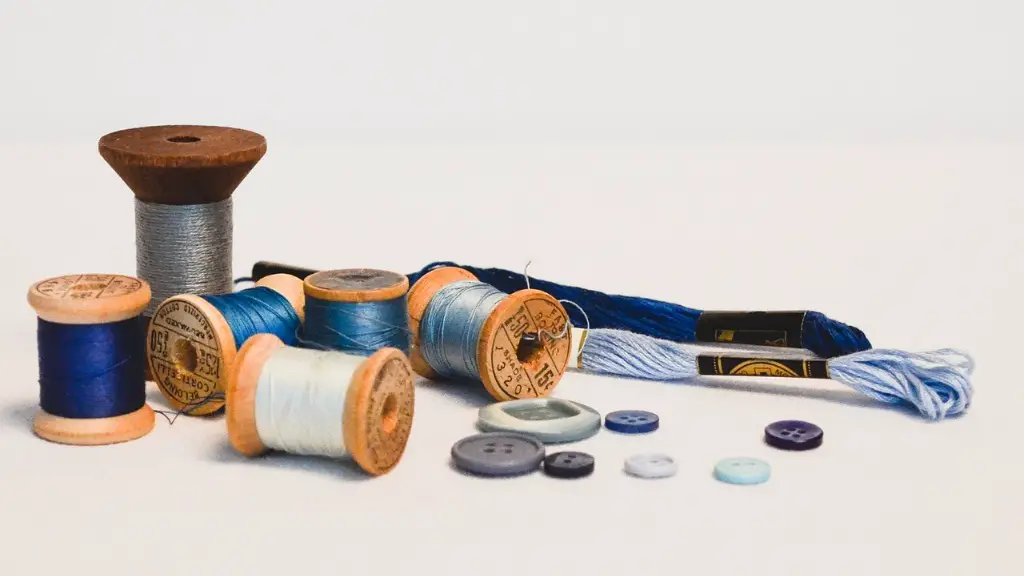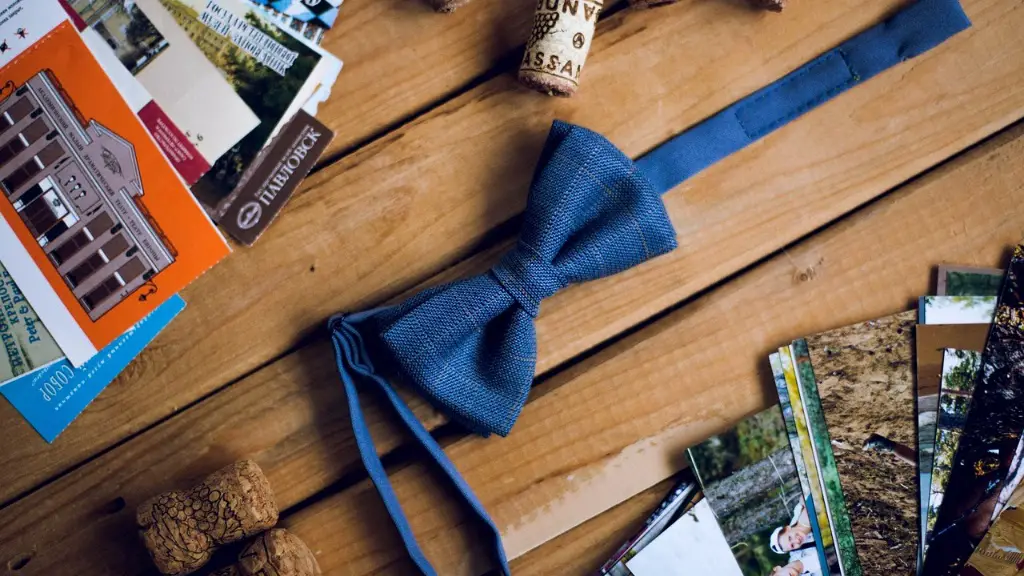As anyone who has ever worked with stretch fabrics knows, sewing stretch fabrics correctly can be tricky. With the right combination of knowledge, technique and tools, however, it is entirely possible to sew stretch fabrics with a normal sewing machine. Below, we will give an overview of how to sew stretch fabrics with a normal sewing machine.
Choosing a Stabilizer
The most important part of sewing stretch fabrics with a normal sewing machine is to choose the right stabilizer. Stabilizers are generally either woven or non-woven, with woven being the most appropriate for most fabrics. Woven stabilizers will provide the greatest stability for stretch fabrics and will also be able to support heavier fabrics, such as denim. Non-woven stabilizers are best for lightweight fabrics and provide less stability.
Choosing a Needle
The next step is to choose the right sewing needle. When sewing stretch fabrics with a normal sewing machine, the best needle to use is a ballpoint needle. Ballpoint needles have a rounded tip that is specifically designed to slip between the fabric’s fibers rather than perforate them. This helps to avoid puckers and distorted fabric that can happen when sewing stretch fabrics.
Choosing Thread
Choosing the right thread is also critical when sewing stretch fabrics. Look for thread that is designed specifically for use with stretch fabrics. Such thread is typically made of a filament core wrapped in cotton thread, making it flexible and stretchy. To ensure that your thread stays put, make sure to use a thread with a small enough circumference to fit through the eye of the needle.
Adjusting Your Sewing Machine Settings
Once you’ve chosen the right stabilizer, needle and thread for your project, the next step is to adjust the sewing machine settings. Start by setting the machine to a straight stitch and use a stitch length of about 2.5 millimeters. This will help to ensure that the stitches are not too long and that the fabric won’t stretch out too much. It’s also a good idea to set the tension dials to a slightly higher setting than you usually would. This will help to ensure that the stitches don’t break while you are sewing.
Caring for Your Sewing Machine
When sewing stretch fabrics with a normal sewing machine, it’s important to take the time to care for your machine. After each project, be sure to take out the bobbin and clean the bobbin case. This will help to remove any fabric or thread bits that may be stuck in the machine, which could cause your stitches to break.
Using a Walking Foot
Finally, if you want to ensure that your stitches remain neat and even when sewing stretch fabrics, you should consider using a walking foot. A walking foot helps to move multiple layers of fabric evenly through the machine and helps to keep them from shifting or stretching. This can be especially helpful when sewing stretch fabrics, as it helps to avoid any distortion or puckering.
Use Steam/Spray Bottle When Sewing
Using steam or a spray bottle when sewing stretch fabrics with a normal sewing machine can be a great way to keep the fabric from stretching out or puckering. After you have finished stitching your fabric, you can use the steam or spray bottle to lightly mist the area with water. This will help relax the fabrics and make them easier to maneuver while you are sewing.
Use Low Heat When Ironing
When ironing stretch fabrics, the best way to ensure that the fabric doesn’t get distorted is to use a low heat setting. High heat settings can cause the fabric to shrink or change shape, so it’s important to keep the iron temperature low. This can also help to extend the life of the fabric and keep it looking new for longer.
Test/Sample Garment
Creating a sample or test garment is an important step when sewing stretch fabrics. It can help to ensure that the settings you’ve chosen are correct and give you a chance to make any necessary adjustments before starting on your project.
Understand Fabric Characteristics
Finally, it’s important to understand the characteristics of different types of stretch fabrics. Each type of fabric may have different properties that need to be taken into consideration when selecting the right fabric for your project. Researching the type of fabric you’re working with can help to ensure that your project turns out exactly how you envisioned it.


